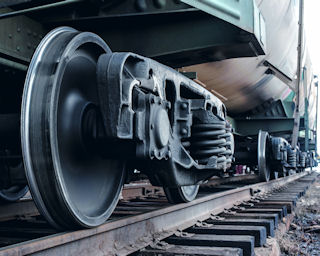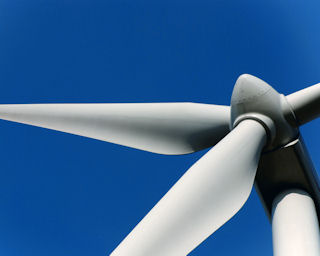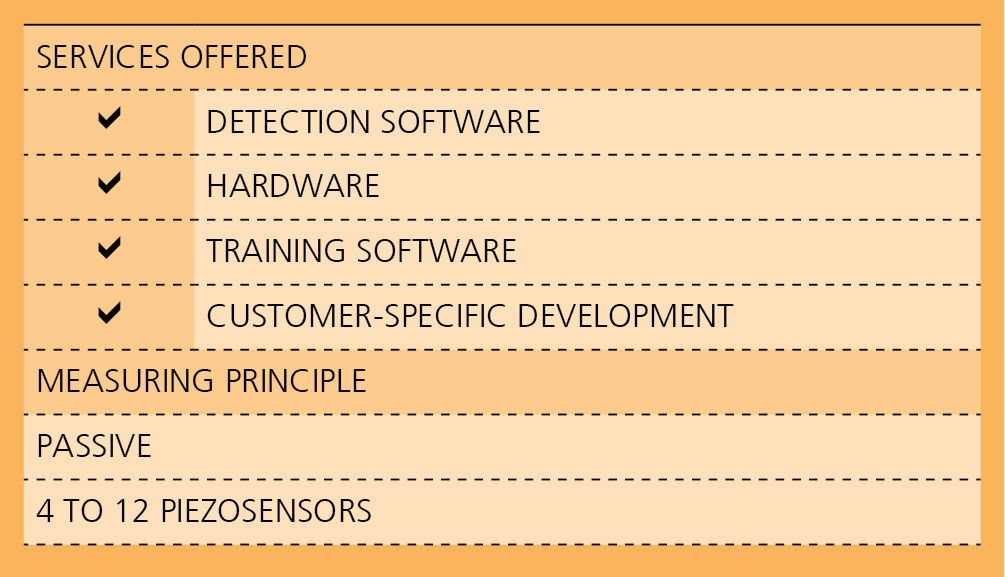Defect detection
Testing of parts and components is a critical task in transportation and environmental engineering. In rail and air transportation, passenger safety is the top priority. Spalling and other defects in wheel treads must be identified at an early stage. This requires continuous monitoring of wheels and wheel bearings in rail vehicles. High demands are also placed on aircraft structural elements, such as the fuselage shell, because they can suffer impact or fatigue damage while in flight.
As an example in the renewable energy sector, wind turbines are exposed to extreme loads. External influences, such as mechanical abrasions, weather events, and continuously fluctuating loads exerted on the rotor blades lead to wear and aging over time. Production-related flaws can also lastingly interfere with or even prevent operation.
The sooner damage or wear effects are determined, the better the chances of repair and avoidance of consequential damage (or catastrophe) are.





